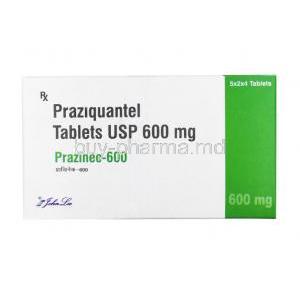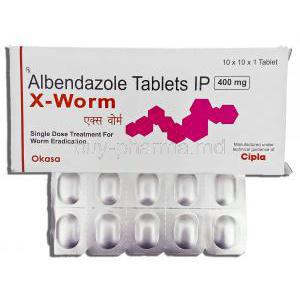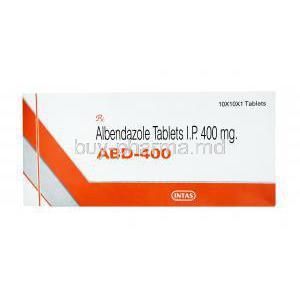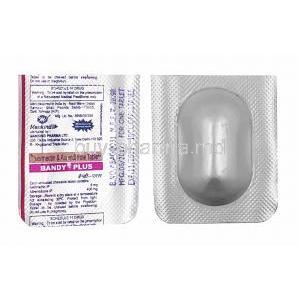Introduction
The utilization of Fipronil as a potent insecticide has burgeoned, providing efficacious solutions in pest management across diverse environments. This article elucidates the substance's inception, development into a liquid formulation, and its various applications and precautions.
Overview of Fipronil as a Pesticide
Fipronil, renowned for its broad-spectrum insecticidal properties, targets a plethora of pests. It operates by disrupting the central nervous systems of insects, rendering it a cornerstone in the arsenal against agricultural and domestic infestations.
Brief History and Development of Fipronil Liquid
Introduced in the 1990s, Fipronil has evolved from its initial powder form to a more versatile liquid formulation. This transition has facilitated easier application and enhanced penetration, maximizing its efficacy against invasive pests.
Composition of Fipronil Liquid
Active Ingredients
The primary component of Fipronil liquid is Fipronil itself, which acts as the neuro-inhibitor against insects. This compound binds to the GABA receptors in insects, leading to an uncontrolled influx of ions and subsequent death.
Inactive Components and Their Functions
The formulation is fortified with various inert ingredients that stabilize the active compound, enhance shelf life, and ease application. These include solvents, emulsifiers, and preservatives that maintain the integrity and efficacy of the solution.
How Fipronil Works
Mechanism of Action Against Pests
Fipronil's mode of action is characterized by its ability to block the GABA-gated chloride channels in insects. This disruption leads to excessive neural stimulation and eventual mortality of the pest.
Comparative Efficacy with Other Pesticides
When compared to other insecticides like Pyrethroids or Organophosphates, Fipronil displays a higher selectivity towards insects, minimizing undesirable impacts on non-target species and environments.
Uses of Fipronil Liquid
Common Applications in Agriculture
- Protection of crops against invasive pests such as locusts and termites.
- Enhancement of yield by mitigating pest-related damages.
Use in Veterinary Medicine for Pet Care
Fipronil liquid is pivotal in controlling fleas, ticks, and other parasitic infestations in domestic animals, safeguarding their health and enhancing their well-being.
Off-Label Uses of Fipronil
Expanded Applications in Pest Control
Beyond its labeled instructions, Fipronil is increasingly employed in settings such as urban pest management and public health vector control, demonstrating its versatility.
Emerging Research and New Potential Uses
Scientific studies continue to explore the potential of Fipronil in combating vector-borne diseases and in other novel applications that could broaden its scope significantly.
Dosage and Administration
Guidelines for Agricultural Use
Accurate dosing is crucial for effectiveness and environmental safety. The recommended concentrations vary based on crop type, pest density, and environmental conditions.
Protocols for Veterinary Applications
In veterinary settings, the application of Fipronil must be tailored to the species, size, and health status of the animal to prevent adverse effects.
Side Effects of Fipronil
Common Adverse Reactions in Animals
Although generally safe, some animals may exhibit sensitivity to Fipronil, resulting in skin irritation or gastrointestinal disturbances.
Environmental Impact and Ecotoxicology
The ecological ramifications of Fipronil are significant, with potential effects on non-target species, particularly aquatic organisms and bees, necessitating careful management and adherence to guidelines.
Important Precautions
Safety Measures During Application
When applying Fipronil liquid, it is imperative to adhere to stringent safety protocols to prevent accidental exposure. Users should don protective gear such as gloves, masks, and goggles. Ensure adequate ventilation in the area to mitigate the risk of inhalation.
First Aid Measures for Accidental Exposure
In the event of accidental exposure, immediate and specific first aid measures are crucial:
- For skin contact, remove contaminated clothing and rinse skin thoroughly with soap and water.
- If ingested, do not induce vomiting; seek medical attention immediately.
- For eye exposure, flush with clean water for at least 15 minutes and consult a healthcare provider.
Storage and Handling Precautions
Recommended Storage Conditions
Fipronil liquid should be stored in a cool, dry place away from direct sunlight and extreme temperatures. Containers must be tightly sealed to prevent leakage and contamination.
Safe Disposal Practices
Disposal of Fipronil liquid must comply with local environmental regulations:
- Avoid pouring leftovers into drainage systems.
- Utilize approved hazardous waste disposal facilities.
Interaction with Other Chemicals
Potential Chemical Interactions and Incompatibilities
Fipronil may react adversely when mixed with certain chemicals, potentially reducing its effectiveness or increasing toxicity. Always consult compatibility charts before mixing with other pesticides or chemicals.
Impact on Integrated Pest Management Systems
While Fipronil is an effective component of pest management, its impact on non-target species and resistance development must be considered. Integrating Fipronil with biological control methods can enhance overall effectiveness and sustainability.
Warnings and Contraindications
Specific Risks and Contraindications
Fipronil is contraindicated in areas where species at risk of secondary poisoning reside. Awareness of specific environmental and biological contraindications is essential to prevent ecological damage.
Legal Restrictions and Regulatory Status
The use of Fipronil is regulated by various national and international bodies. Adherence to legal guidelines and obtaining appropriate usage permits are mandatory to ensure compliance and avoid legal repercussions.
Careful Administration
Special Considerations for Sensitive Environments
In ecosystems such as wetlands or agricultural areas near water bodies, Fipronil application requires tailored approaches to prevent runoff and protect aquatic life.
Handling Protocols to Minimize Risk
Implementing rigorous handling protocols, including training for applicators, is vital to ensure that Fipronil is used safely and effectively, minimizing risks to non-target organisms.
Administration to Specific Populations
Guidelines for the Elderly
For elderly populations, consider lower exposure scenarios and ensure they are informed about the potential risks and safety measures related to Fipronil use.
Precautions for Pregnant Women and Nursing Mothers
Special precautions should be taken to limit exposure to pregnant women and nursing mothers, as the chemical components of Fipronil could potentially affect fetal development or transfer through breast milk.
Dosage Adjustments for Children
Children are particularly sensitive to chemical exposures. Dosage and application methods should be adjusted to minimize exposure, ensuring their safety in environments treated with Fipronil.
Managing Overdosage
Symptoms of Overexposure
Symptoms of Fipronil overexposure include nausea, headache, dizziness, and, in severe cases, seizures or neurological symptoms. Immediate recognition of these symptoms is crucial for timely intervention.
Emergency Response and Treatment Options
Emergency response to Fipronil overdosage should include symptomatic treatment and supportive care. Activated charcoal may be used to reduce absorption in case of ingestion, and anticonvulsants might be required for severe neurological symptoms.
























